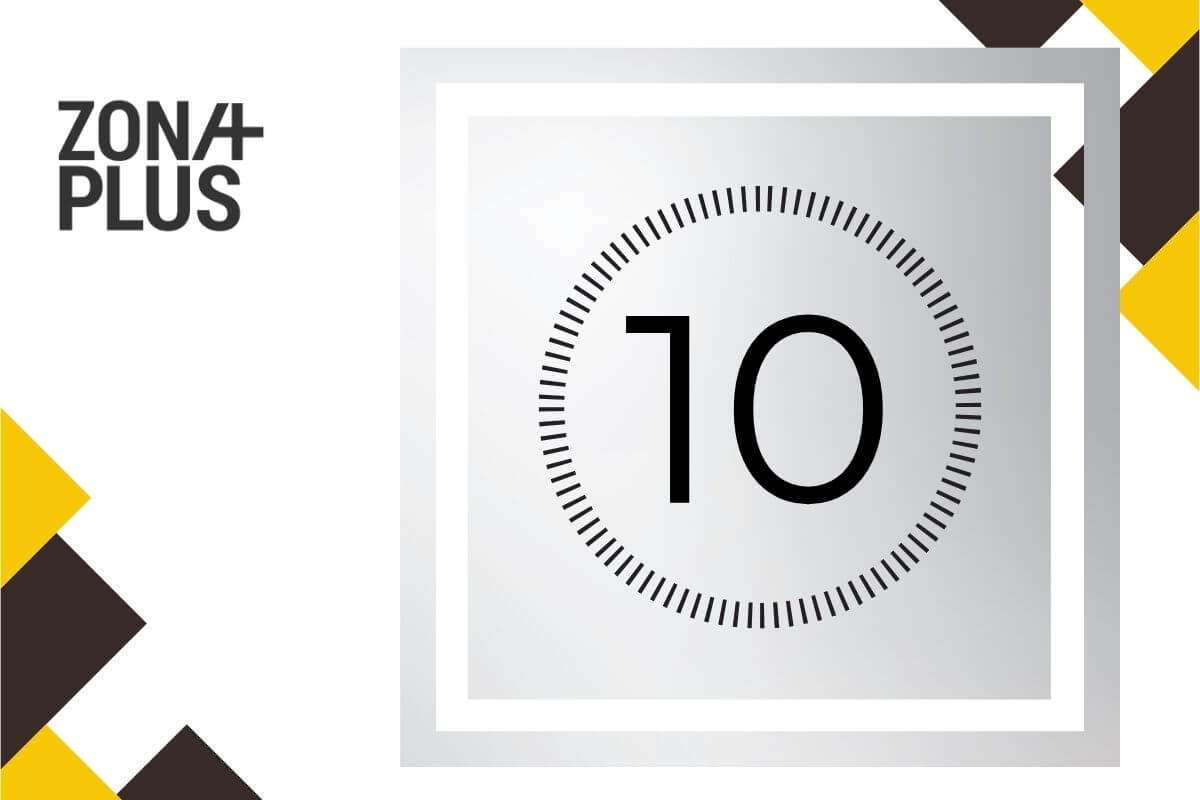
When people search for a service or product, your website is the first place they visit. If they don’t like what they find or if it doesn’t function properly, they’ll leave and never come back. Not because they’re not interested in what you offer, but because you made a bad impression.
If you're not sure what state your website is in or suspect something might really be wrong, here are 10 signs that indicate it.
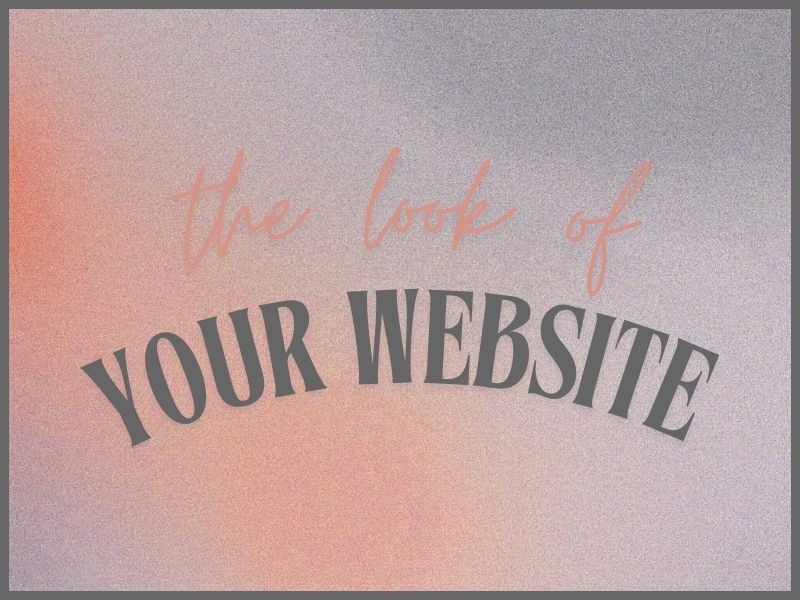
Website trends, just like people’s expectations, have changed.
If your site uses outdated elements like 3D buttons, slow-loading animations, or a 2010-style background, it’s time for an update.
Some elements that were popular in the early stages of web design now seem old-fashioned and unprofessional.
What’s in demand now is simplicity, clarity, and a design that immediately shows you’re keeping up with the times.
Why is an outdated website design a problem?
Visitors often judge how serious and up-to-date a company is based on how its website looks. An old-fashioned design can turn away potential clients before they even look at your offer.
It also makes navigation harder, which reduces the time spent on your site.
What can you do?
Open a few websites of your main competitors and see how clean and modern they are. If your site seems clunky, cluttered, and visually outdated in comparison, it’s time to talk to an agency that can suggest a modern and user-friendly design.
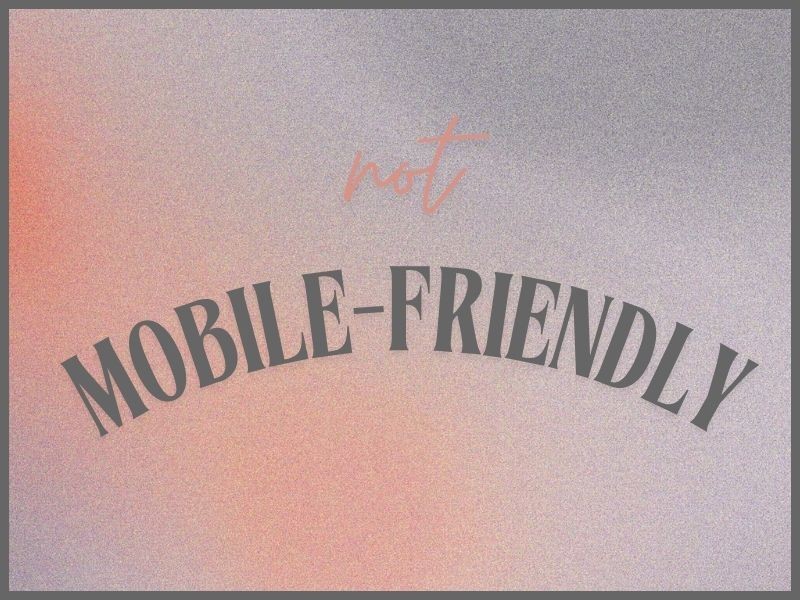
Today, more than half of people use their phones to browse the internet. If your site isn’t adapted to smaller screens, people will notice the problems right away. The text may be too small to read, images too large to fit the screen, and buttons too tiny. All of this looks bad and unprofessional, and your visitors will head to a competitor’s site that offers a simpler experience.
Why is a non-mobile-friendly site a problem?
Visitors will leave as soon as they realize they have to keep zooming in to read the text or find what they’re looking for.
Google gives priority in its search results to websites that are adapted to all devices, while those that aren’t are pushed lower down the list.
What should you do?
Open your site on a phone and tablet. If you notice the content looks cramped, needs to be scrolled left and right, or that some parts “fall off” the screen, these are clear signs your site isn’t mobile-friendly. The solution is responsive design – a method of building websites that allows content to automatically adapt to all screen sizes.

When someone clicks on your site, they expect it to load almost instantly. If they have to wait more than a few seconds, there's a high chance they’ll give up before even seeing your offer.
If your website loads slowly or the images take even longer to appear, visitors will continue browsing and find what they're looking for on another site.
Why is it important for your website to load quickly?
Every extra second of loading time reduces the number of users who will stay on the site.
A slow site can create the impression that your business is also slow and outdated.
Google also considers page speed as one of the criteria for ranking in search results. If the loading is too slow, your site will appear lower in the results, which means fewer visitors.
What causes a slow website?
What should you do?
Test your site’s speed using free tools like PageSpeed Insights. If the result shows the loading takes too long or technical terms appear that you don’t understand, it’s best to contact an agency that can optimize images, clean up old code, and suggest a better hosting solution.
A fast website means more satisfied users, and more inquiries and sales.

Imagine a situation where a potential client visits your website and the latest news was published five years ago, the address on the site is incorrect, and the “About us” page lists people who no longer work with you.
The client’s first thought will surely be: “Is this company still active?”
Outdated content drives visitors away before they even learn anything about your services or products.
Why is it important to have “fresh” content?
Visitors to your website expect up-to-date information. If they don’t find it, they’ll consider you unprofessional or even inactive.
Old content also affects your Google ranking because search engines prefer fresh and relevant information. If your website hasn’t been updated in a long time, the algorithms perceive it as “neglected” and push it lower in search results.
Examples of outdated content:
What should you do?
Regularly update your website and pay special attention to the accuracy of basic information like addresses, phone numbers, and team details.
Pay particular attention to news pages, blogs, and service lists. If you don’t have time for frequent updates, consider a simpler page structure that doesn’t require much maintenance but still looks professional and current.
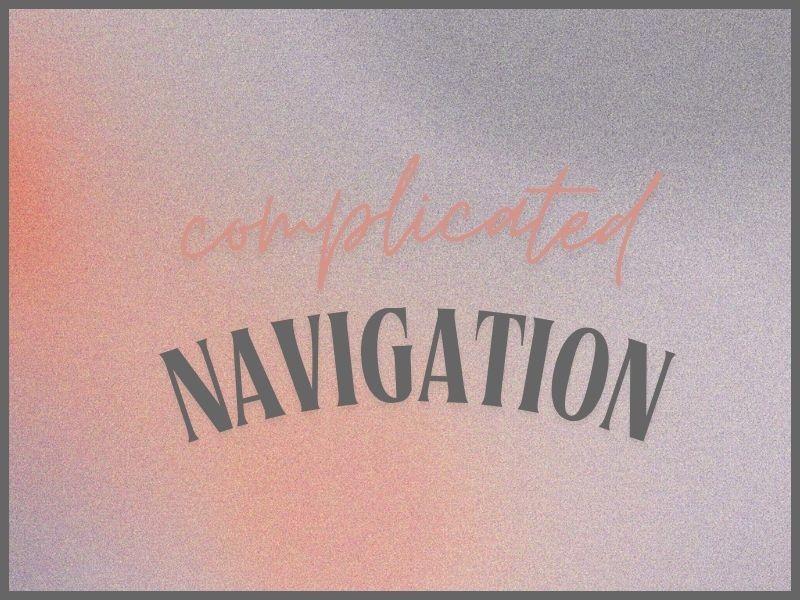
No one will make much effort to “dig” if your website’s navigation is poor or illogical. If a visitor has to click through several layers of menus just to find contact information or a price list, they’ll likely lose patience and leave. Simplicity and a logical page layout are key to a good user experience.
Signs of poor navigation:
Why is complicated navigation a problem?
People expect to find information quickly and intuitively. If they feel lost, they’ll leave the site and turn to a competitor that offers an easier path.
In addition, a complicated structure also makes it harder for Google to index the content, which affects the visibility of your site in search results.
What should you do?
Create a simple website plan in which all important information is accessible within two clicks from the homepage.
Review your current menus and think about whether the labels make sense to someone visiting your site for the first time. If you’re unsure, ask a few people to test your site – have them try to find specific information, and their experience will reveal how simple or confusing the navigation really is.

Photos and videos on your website are the first elements to catch a visitor’s eye.
If the images are blurry, low-resolution, or show spaces and products that no longer reflect reality, your site gives off a neglected impression.
The same goes for videos that were shot long ago, with outdated formats or poor sound and image quality.
Why is visual content important?
People judge a company’s professionalism based on visual impression too. Outdated visuals can lead them to conclude that you don’t follow trends or don’t care.
Visitors expect high-quality photos and short videos that clearly showcase your offer.
What should you do?
Go through your website and ask yourself: “Are these materials something I would use in a promotional campaign today?” If the answer is no, it’s time for a refresh.
Professional photos and videos will improve the overall impression and keep visitors on your site longer.
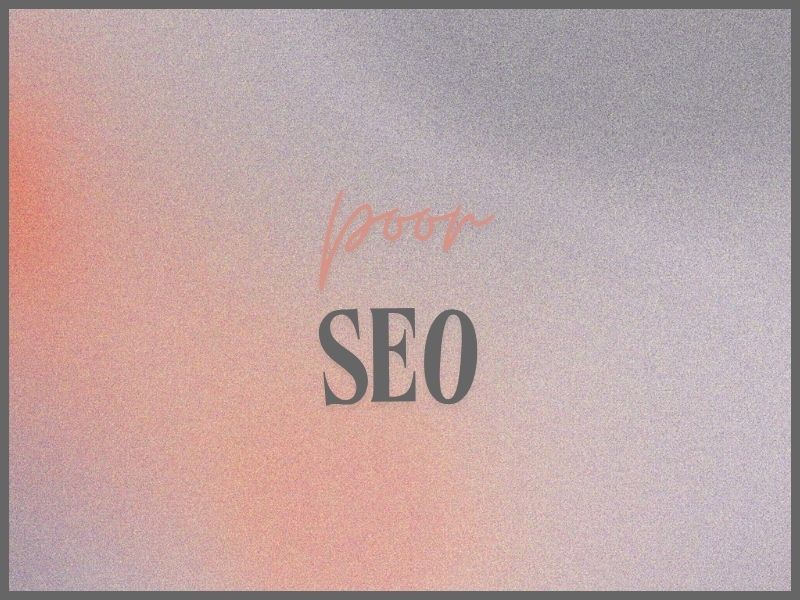
Have you ever tried typing your company name or service into Google, only to find your site doesn’t appear among the top results?
If potential clients have a hard time finding you, one reason could be the technical obsolescence of your website. Google favors sites that are technically well-built, regularly updated, and user-friendly.
Common problems of outdated sites:
Why is this important?
If people can’t find you on Google, you miss the chance for them to reach out to you. Most users don’t go beyond the first page of results, which means a high position is crucial for attracting new clients.
What should you do?
Request a professional SEO analysis. It will show where your site is losing points and what needs improvement – from technical adjustments to optimizing content for keywords people are searching.
Redesigning your site is often the first step toward better results on Google.

What if your potential client wants to send an inquiry through the contact form on your website, but after clicking “Send,” nothing happens?
Or, for example, they click on the link to your location, and the map doesn’t load at all.
Such situations give the impression of neglect. People expect everything on the site to work without any problems.
Common issues on outdated websites:
Why is it important to have properly functioning features on your website?
Every error on the website gives the impression that your company doesn’t invest in its online presence, which also affects how the quality of your service or product is perceived.
What should you do?
Periodically test the site as if you were a new visitor. Send a message through the contact form, click on all links, and open all multimedia content.
If you encounter a problem, contact the person or agency that built your website to fix the errors.
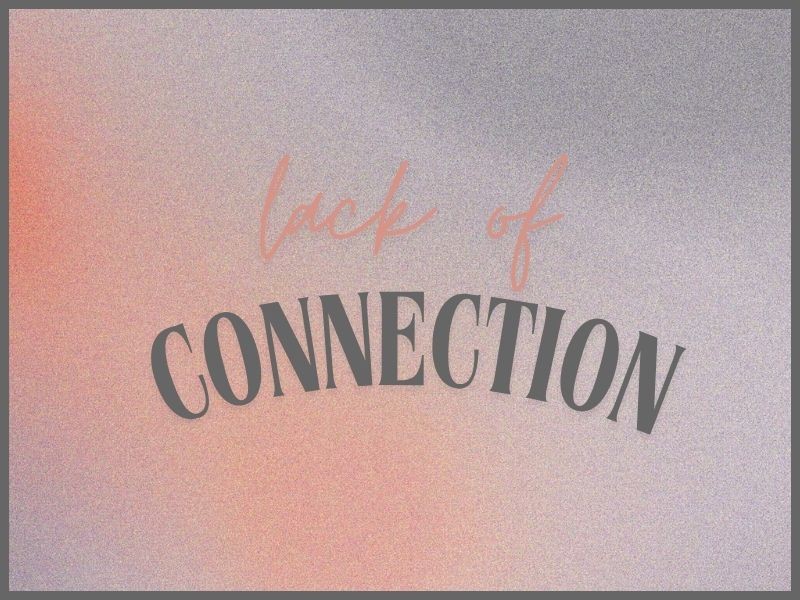
Today, people expect every serious company to have active profiles on social media.
If your website doesn’t have visible links to Facebook, Instagram, LinkedIn, or other platforms, visitors will wonder whether you’re active online at all.
Even if you are regularly present on social media, without those links, users won’t know where to find you.
Why are social media links important?
Visitors often want to learn more about your business in a way that’s more familiar to them – to look at photos, follow posts, and read other users’ reviews.
If your website doesn’t have visible links to your profiles, you miss the opportunity for people to continue following your brand, learn about updates, and stay connected with you on platforms they use every day.
What should you do?
Add visible icons with links to active social media profiles at the top or bottom of the page. If you regularly post on social media, you can even embed a module that displays your latest posts directly on the website. This lets visitors know that you’re active, up to date, and available on multiple communication channels.

Over the years, your business has probably evolved – maybe you expanded your offerings, opened new locations, or changed your visual identity.
If your website still communicates an old version of your company, visitors won’t get an accurate picture of who you are and what you represent today.
Why is this important?
Visitors coming to your site for the first time form an impression of you in just a few seconds. If the content, colors, and images don’t align with your current story, they’ll perceive you as outdated or not professional enough.
They’ll have a harder time connecting with your company because what they see online doesn’t match what they experience in person or on social media.
Examples of signs your site doesn’t reflect your brand:
What should you do?
Look at your website through the eyes of someone interacting with your brand for the first time. Does your website represent who you are today? Consider a website redesign that will align your online presence with your actual business.
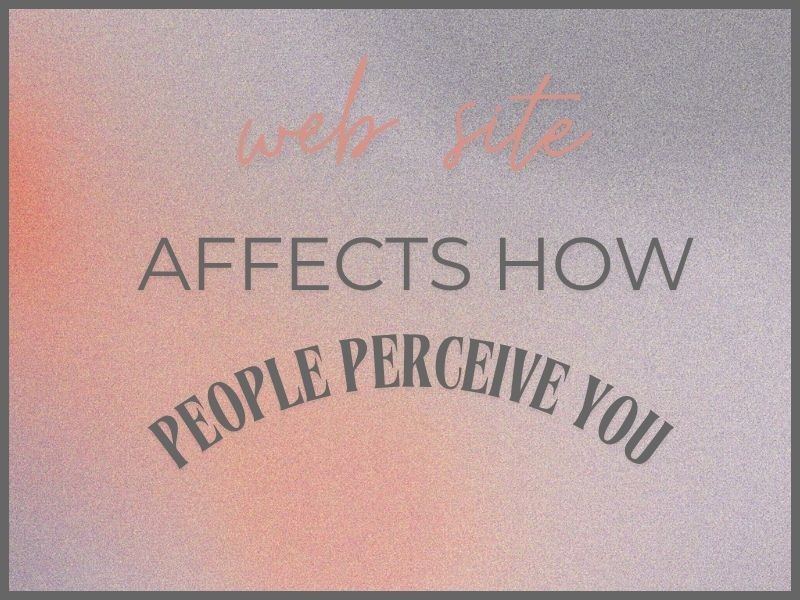
If even a few points from this list seemed familiar, it’s very likely your website is holding your business back instead of supporting it.
A website doesn’t have to look bad to be outdated. But it feels outdated if it doesn’t match user habits, doesn’t showcase your actual offer, or makes even simple actions difficult.
Your potential clients and customers will make their decision in the first few seconds. If the site doesn’t inspire trust, doesn’t load quickly, doesn’t work on mobile, or doesn’t speak the language of your customers and clients – redesign it.
Because your website directly affects how people perceive you, how long they stay, whether they’ll contact you, and whether they’re ready to buy.
If you want to know the state of your website and what should be changed, contact us.
Request a free analysis and find out how your site can start working in your favor.
Sign up for our newsletter if you want guidelines and tips on how to improve your website, communication, and digital performance.